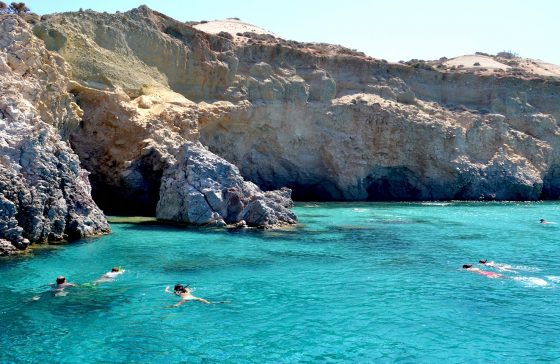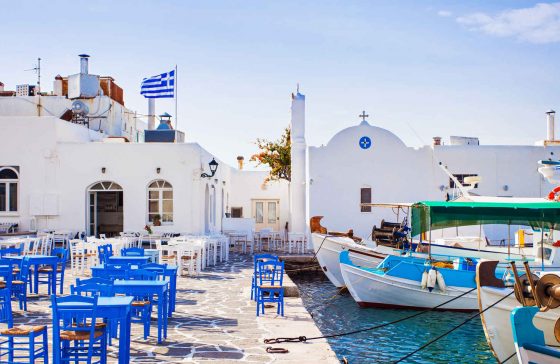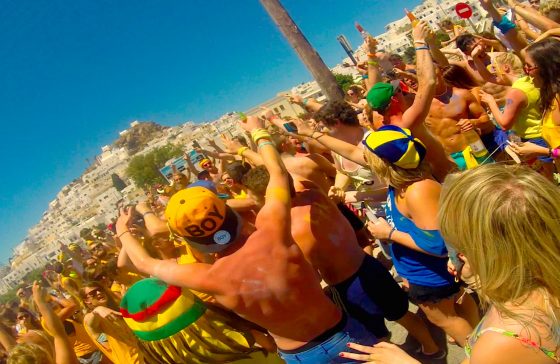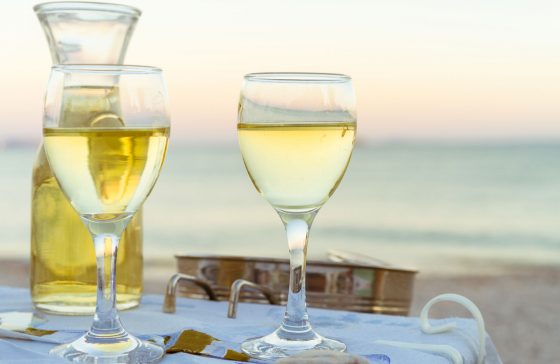A few years ago, after travelling through various parts of Turkey, I began a Greek Island-hopping adventure. It was at the height of Greece’s economy troubles, and the country was in quite a state as protests erupted everywhere and parts of Athens bore the brunt of the destruction.
We started in the resort hub of Bodrum on the west coast of Turkey, from where we caught a 45-minute ferry across to the island of Kos. Kos was a perfect first dose of the famed Greek Islands, with a picturesque port, beautiful old town protected by stone walls, and a take-away café that served the best gyro I ever had.
We were not staying in Kos; it was our point of transfer on to a bigger ferry that would take us to Rhodes. Rhodes was very different from Kos. While Kos featured whitewashed buildings that reflected the bright summer sun and the town was rather small, Rhodes was comparatively large and favoured mainly sandstone building materials in the well-preserved old city.
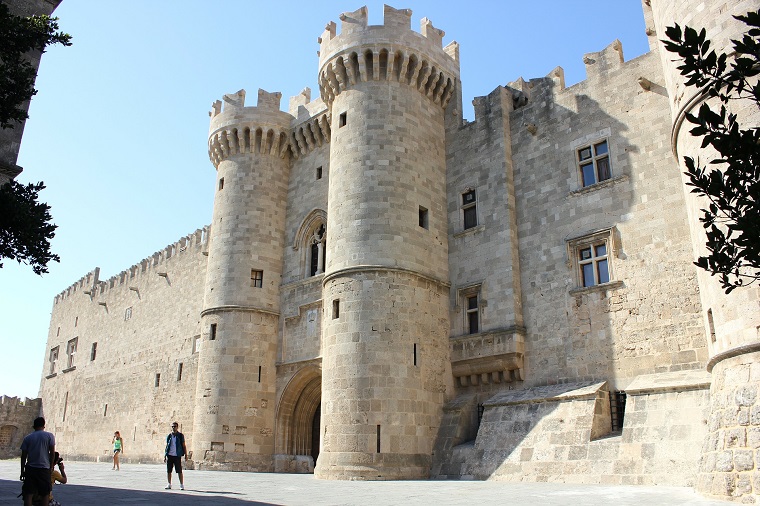
Our hotel was outside the walled old town, where, on arrival, we learned that half the city was without power due to rolling blackouts that formed part of the protests. Dusk was falling as we took our first stroll from the hotel to the old town. It was a rather ghostly experience picking our way through the dark, narrow alleys that comprised the quiet part of town where the electricity had been cut off.
The old town looked exactly like something out of a movie, with a deep, wide, out-of-use moat and drawbridges that provided access on the upper level. In the daylight it was even more charming – though rather swarming with tourists as cruise ships docked for the day.
After a short stay on Rhodes, we headed on to the much larger island of Crete. Crete may not be the top of every must-see list, and the cities show evidence of the fact that they are bigger and more populated than the smaller, more charming islands, but the history there is fascinating. It is home to the ancient site of Knossos, which has been called Europe’s oldest city. The 10km2 site was settled around 7000 BCE and excavated through various periods in the 20th century. It was also a hot, dusty place to wander on a summer’s day, so be prepared to stand the heat.
We stayed in the city of Heraklion, but there are plenty of other options to choose from. This was not the ideal beach getaway destination, as there was only one within reach of our hotel – and it was not as picturesque as those that lay ahead of us in Santorini and Mykonos.
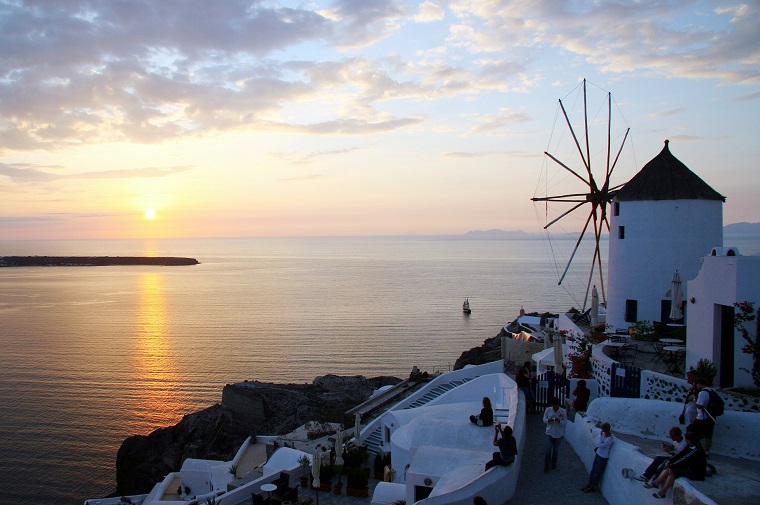
Our next ferry took us on to the incredible island of Santorini, which is perhaps one of the most seductive places to visit with its cliffside villages perched high above the caldera offering some of the most spectacular views you have ever seen. A sunset dinner from one of the many restaurants offering a prime vista of the horizon is a must while you are here.
We stayed in the town of Fira, and it was here that we enjoyed a dinner I will never forget – thanks in large part to the number of pictures of the sunset I snapped. We also visited Oia, which offers perhaps an even more stunning view to end the day.
The arrival on Santorini was another adventure that will never leave my mind, as the ferry port is at the base of a giant cliff the locals seem to think of as a hill – there is no other explanation as to why one would think it was appropriate to place a road here. The hairpin-bend road zig-zags sharply up the steep cliffside and I will admit, as strange as it is, that such drives terrify me more than anything in this world. I spent the entire bus trip crouched on the floor with my head in my hands and kindly strangers asking if I was OK, while I gasped that I was afraid of heights (not exactly accurate, but I seemed to have lost the ability to speak in very long explanations at that point).
I spent much of our time on Santorini attempting to figure a way back to the port without boarding the bus – could I walk down the steep cliff and then take some sort of small boat across? Could I go by donkey? (Actually an option on Santorini, though perhaps not with luggage). In the end I simply made sure to be the very first in line for the bus so I could choose a seat I knew would be on the opposite side from the edge of the road – that way I could at least sit in denial and amuse myself with the cliff face instead.
I thought my terrifying adventures were over, but then we boarded a light, fast ferry to Mykonos. Our ferry turned out to be the last that ran in that direction that day, as the sea was so wild boats could not safely travel. It was a four-hour ride, through which I concentrated on staying calm and the fact that I am a strong swimmer as the boat rose on waves then dropped sharply, passengers around me screamed, and the staff handed out sick bags while trying not to use them themselves. It was a horrifying experience, and when we disembarked the passengers waiting to go the other way (which was reportedly much smoother) could see on our faces that we had all aged about five years on the ride.
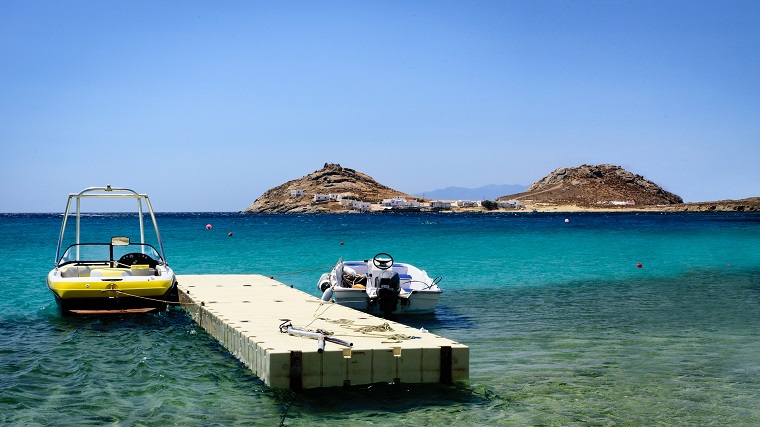
We rewarded ourselves and celebrated life with a particularly nice dinner on the first night in Mykonos, and spent the following days exploring, swimming and shopping. After our stay in Mykonos, we boarded a much larger ship that would take us to Athens – silently thanking our past selves for booking the slower option.
The ferries often make more than one stop en route, and after ours stopped in the second port, there was some confusion with two new passengers as they had the same seat numbers as us listed on their tickets. It took some time before a staff member realised that we had actually caught the ferry on the wrong date – my travel buddy had booked the tickets for the next day, though we had boarded according to our plan and no one, including us, had even noticed, despite all the checks as you embark.
They allowed us to stay, which was a lucky thing as the next day all the ferry operators started a strike that lasted several days. There are worse things than being stranded on Mykonos of course, but if we had not caught that ferry we would not have made all the stops planned for our Greek mainland itinerary such as spectacular Meteora and Delphi – but that’s a different story.
Courtney Gahan is an Aussie serial expat, traveller and freelance writer who has bartered with Moroccan marketeers, seen the sun rise at Angkor Wat and elbowed her way through crowds on NYE in NYC. Currently based in Amsterdam.

